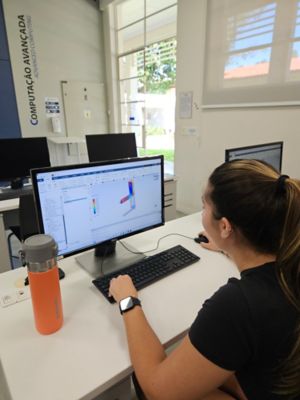Mesh creation is one of the biggest reasons engineers have a hard time setting up a computational fluid dynamics (CFD) simulation.
Even CFD experts can have a hard time building a fast and accurate mesh from complex geometries and flow regimes.
The trick is that engineers need accuracy near the thin boundary layers, which requires a very tight mesh.
However, this tight mesh slows down the processing of the fluid’s bulk without adding any accuracy.
The solution is to have multiple meshes — with different densities and element types — at different regions of the geometry.
This would give you meshes that are accurate at the boundary and fast in the bulk.
Unfortunately, it’s a challenge to connect these meshes as the nodes, element types and element sizes in the bulk and boundary do not align. Engineers can use tetrahedral elements to transition between the meshes. However, these transitions create too many elements, nonconformal elements or low-quality elements.
Ansys’ newly introduced Mosaic meshing technology can help engineers connect the disparate meshes in their CFD simulations. The tool uses general polyhedral elements to transition between the layered elements hear the boundary layer and hexahedral elements in the bulk.
Building a Computational Fluid Dynamics Mesh with Mosaic Technology
The Mosaic technology can connect any mesh to another mesh — automatically..
Now engineers can easily build meshes that utilize the best elements for each region of their geometry.
Each element has their advantages and disadvantages. For example, polyhedral elements are best suited to complex geometry while hexahedral are more efficient.
Mosaic meshing allows engineers to use the elements they want, where they want them and without worrying about computational time.





No comments:
Post a Comment